Contexts
(Re)colonizing Tradition
A Pedestrian Guide to a "Traditional" City
Welcome to Bhaktapur
[1] The Tea Stall at Guhepukhu
[2] Nava Durga Chitra Mandir
[3] Khauma Square
[4] Tourist Motor Park
[5] Indrani Pitha
[6]Lasku Dhwakha Gate
[7]Char Dham
[8]Cafe de Temple
[9]Batsala Temple
[10] Batsala Temple
[11] City Hall
[12] The Procession Route
[13] Pujari Math
[14] The Peacock Restaurant
[15] Sewage Collection Ponds
[16] Bhairavanath Temple
|
The Mandala Map (Yantrakara Khwopa Dya:)
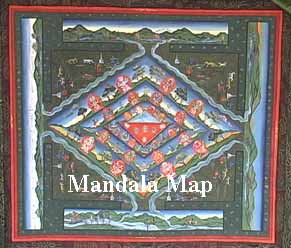
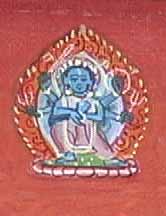
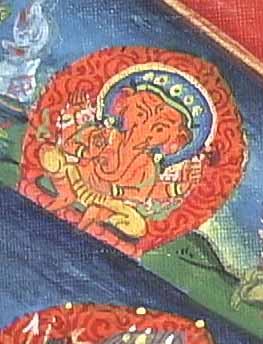
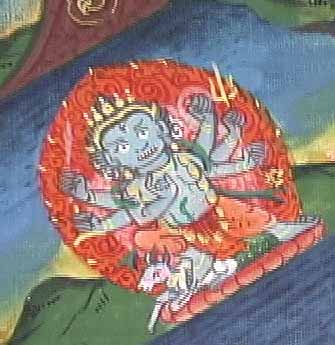
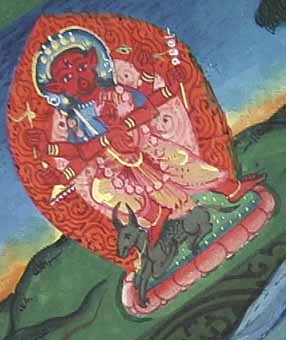
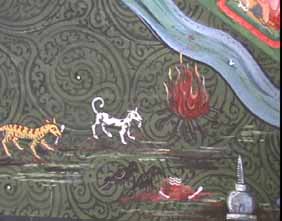
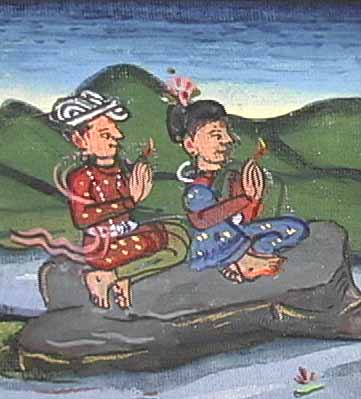
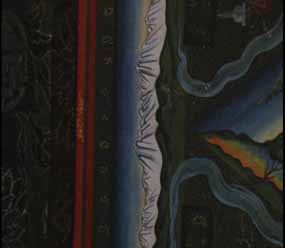
The goddesses are approximately at the eight points of the compass and the city center. However, there are two exceptions to this. The Goddess Tripuransundari¹s shrine that is pictured at the center of the map is shifted slightly to the east. This probably occurred because there has been changes in the city¹s structure both physically and politically since it was first imagined through a mandala. In the seventeenth century, the courts and its temple were moved to the present western site. Tripuransundari lost her importance, and the court and the new goddess Taleju were moved to their present location [W]. Also, we find that the Mahalaksmi shrine is further displaced from where it is "supposed" to be. Instead of being outside the boundaries, it is inside the city proper. The eight Ganeshsa , ten Mahavidyas, and eight Bhairavas located in the map have no clear location or representation in Bhaktapur¹s present religious life. Many people say that their function may be related to esoteric tantric knowledge.
  
|
Partners
::
Best Design
:: Link
:: Link
:: Link
:: Link
:: Link
:: Link
:: Link
:: Link
:: Link
:: Link
:: Link
:: Link
:: Link
:: Link
:: Link
:: Link
:: Link
:: Link
:: Link
:: Link
:: Link
:: Link
:: Link
:: Link |